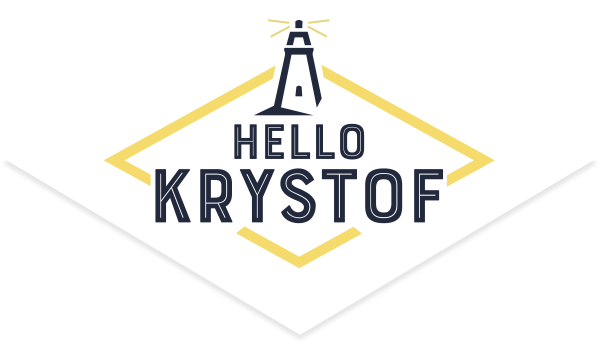Vay operates what’s called a “teledriving” service, where a car is driven remotely by a human rather than by a computer.
Vay
German startup Vay on Wednesday launched its so-called “teledriving” solution in the U.S. for the first time, putting the company into direct competition with more richly funded and valuable American firms in the mobility technology space.
The company, which has so far received $110 million in funding from investors including Swedish investment giant Kinnevik, U.S. fund Coatue and French private equity fund Eurazeo, said its new service is now live in Nevada, Las Vegas.
Vay’s service will enable people to get cars delivered to them directly by drivers in remote spaces operated by Vay. When they’re done with the trip, they can choose in Vay’s app to let one of the company’s teledrivers take over, and then park the car. The car is then driven back by Vay’s teledriver.
The company has already conducted tests on public roads in Europe and the U.S. with remote drivers and no one behind the wheel. It has worked to get the tech past regulators on either side of the Atlantic.
Vay, for its part, says that its service is designed with safety in mind and that drivers have to take rigorous tests and evaluations before they are deemed appropriate to become a teledriver on its network.
“We develop our teledrive technology in order to fulfill applicable safety requirements and to provide customers a reliable mobility service,” Thomas von der Ohe, Vay’s CEO and co-founder, told CNBC.

“With teledriving, a human is in charge. This allows us to handle complex maneuvres such as unprotected left turns, emergency situations and road works based on human perception and decision-making ability.”
Von der Ohe added that Vay’s system was built in compliance with local laws, and that the company has made sure authorities in Nevada were on board with its technology before rolling it out.
Different take on Tesla-like self-driving
Vay is much smaller in scale compared with Tesla. But it hopes that its take on “driverless” cars, where the vehicle is driven by an actual driver based in a remote location somewhere else, will take off as demand for alternative mobility options increases.
What Vay offers is a car rental service that lets users order a car, have the car driven to them by one of its qualified drivers who drive the cars out to them remotely, and then take the car to drive it themselves to their intended destination.
The idea is that, once the Vay app user is done with their journey, they can then select in the app for a trained “teledriver” to take over and leave the car parked in a parking space at the end.
Von der Ohe told CNBC he believes the company’s solution is a more effective alternative to the robotaxis companies such as Tesla, Google’s Waymo, and General Motors’ Cruise.
Last year, he said, was a difficult year for the robotaxi industry, with General Motors, a major player in the San Francisco self-driving car scene, slashing spending on its Cruise self-driving unit by 50% after its robotaxis were involved in a number of accidents, including a crash with a fire truck.
“2023 was a tough year for robotaxis,” von der Ohe told CNBC. “Technically, it’s very difficult to operate a robotaxi service. There’s not many companies out there that can do it,” he added, citing Waymo as an a rare example of a company that’s getting autonomous fleets right.
It also doesn’t work out from a cost perspective, von der Ohe added, saying: “If they become available, they have to be priced at Uber prices.”
“Right now, they’re far away from that efficiency in terms of operational costs and capex costs,” he said.
“These are challenges that they have we come at in a completely contrarian way. It’s not we say they’re doing it wrong or we do it better, we just do it different,” he said, adding that Vay will offer a service that’s a lot cheaper than ride-hailing.
This article was originally published on CNBC

